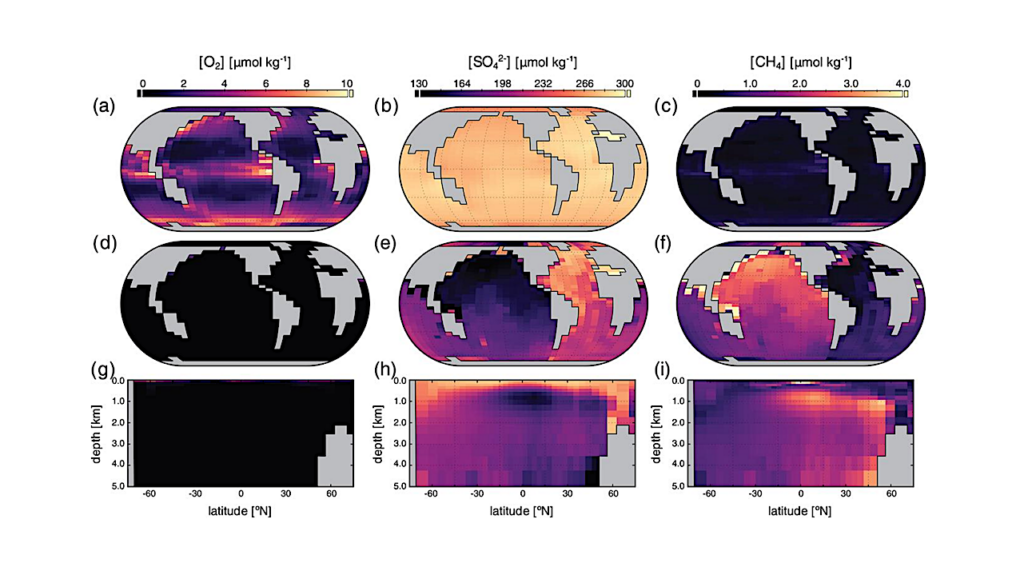The Oxyometer: A Novel Instrument Concept for Characterizing Exoplanet Atmospheres

With TESS and ground-based surveys searching for rocky exoplanets around cooler, nearby stars, the number of Earth-sized exoplanets that are well-suited for atmospheric follow-up studies will increase significantly.
For atmospheric characterization, JWST will only be able to target a small fraction of the most interesting systems, and the usefulness of ground-based observatories will remain limited by a range of effects related to Earth’s atmosphere. Here, we explore a new method for ground-based exoplanet atmospheric characterization that relies on simultaneous, differential, ultra-narrow-band photometry.
The instrument uses a narrow-band interference filter and an optical design that enables simultaneous observing over two 0.3 nm wide bands spaced 1 nm apart. We consider the capabilities of this instrument in the case where one band is centered on an oxygen-free continuum region while the other band overlaps the 760 nm oxygen band head in the transmission spectrum of the exoplanet, which can be accessible from Earth in systems with large negative line-of-sight velocities.
We find that M9 and M4 dwarfs that meet this radial velocity requirement will be the easiest targets but must be nearby (<8 pc) and will require the largest upcoming ELTs. The oxyometer instrument design is simple and versatile and could be adapted to enable the study of a wide range of atmospheric species. We demonstrate this by building a prototype oxyometer and present its design and a detection of a 50 ppm simulated transit signal in the lab. We also show an on-sky photometry run that demonstrates the ease of use of the compact instrument design.
Ashley D. Baker, Cullen H. Blake, Sam Halverson
(Submitted on 9 Jan 2019)
Comments: 27 pages, 13 figures
Subjects: Instrumentation and Methods for Astrophysics (astro-ph.IM); Earth and Planetary Astrophysics (astro-ph.EP)
Cite as: arXiv:1901.02562 [astro-ph.IM] (or arXiv:1901.02562v1 [astro-ph.IM] for this version)
Submission history
From: Ashley Baker
[v1] Wed, 9 Jan 2019 00:06:02 UTC (1,258 KB)
https://arxiv.org/abs/1901.02562
Astrobiology








